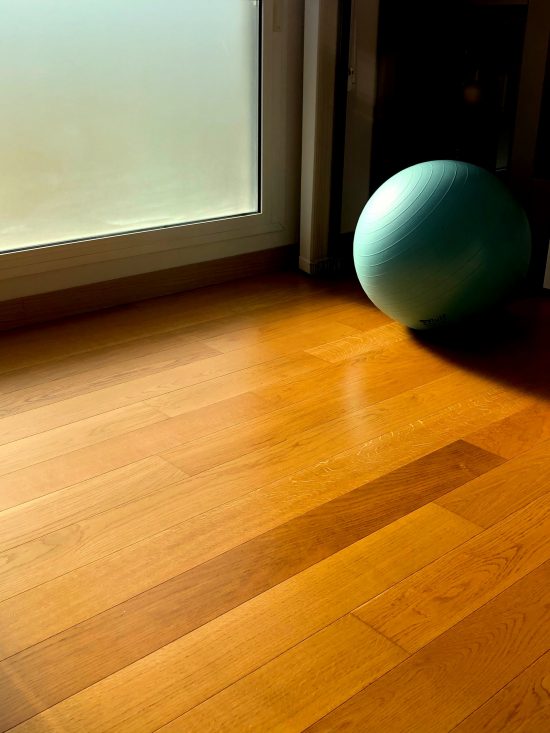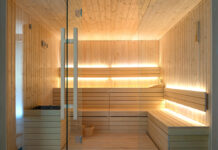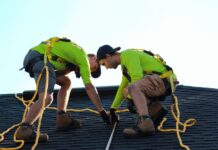
Many homeowners consider hardwood flooring to be the best flooring option because of its aesthetic appeal, longevity, and sturdiness. If the installation and finishing processes are done correctly, hardwood can be extremely durable. However, there are some common problems that might present themselves with this type of flooring if maintenance isn’t carried out successfully. Other than finishing and installation failures, hardwood has the tendency to start reacting to temperature changes and humidity levels. Wear and tear can also take a toll on its performance. If you are in need of tips on removing stains from hardwood flooring or furniture check out this post by Eutopyn.
This is why we have collected some of the most common issues that might occur with hardwood floors and ways to assess and fix the damage properly.
Scratches and Dents
This is one of the most common issues that occur to hardwood flooring after long-term use, especially with poor installation and finishing techniques. With time, the protective finishing layer wears off and leaves, wood subjected to surface damage. Some dents, however, might still appear when the floor is relatively new due to several reasons, including low-quality workmanship; this mostly happens when cheap materials and grades of wood are used. The solution to this common problem can be pretty easy if you choose the right method and approach. Wood fillers are indispensable for anyone who wants to keep their hardwood flooring in tip-top condition. If you invest in a sustainable wood filler, you will find that this essential product can be used to cover nail holes and fill dents and scratches. It can also be a great help in repairing rotted or damaged wood surfaces.
Smudges and Smears
Homeowners who have resorted to a solid hardwood floor with extreme gloss finishes might struggle with the unappealing appearance of the floor after some time. Keeping this glossed finish isn’t easy. You need to invest some time and effort in protecting your floor from smears and smudges. It takes a lot of polishing and cleaning to maintain a hardwood floor without leaving room for smears nor smudges to take place. Other than that, you need to be sure of the quality of the materials you are using for maintaining the look and finish of your floor. Cheap products might do more harm than good.
Discoloration
Just as explained, hardwood reacts to any temperature or humidity alteration. Long exposure to the sun’s harmful ultraviolet rays might lead to discoloration in some parts; this leads to lighter and darker spots that stand out from the floor’s original color. This can be avoided with two methods. Firstly, if you can, make sure to block the sun from hitting your floor with tinted windows or blackout curtains. This works great in dodging discoloration damages. However, if you still want to allow natural light inside your house, you can cover the parts of your floor that get subjected to the light by using rugs that can anchor your aesthetic. In different circumstances, if you don’t want to cover your floor or block natural lighting, you can instead keep regular maintenance in check.
Cupping
There are several issues that result from imbalanced moisture in hardwood flooring including cupping, crowning, and buckling. Cupping occurs when the surfaces of boards are drier than their bottoms. This is why wide plank floors are more prone to cupping than strip flooring. Installing hardwood flooring over basements or wet crawl spaces leaves more room for cupping to occur as the moisture usually migrates to the floorboards. After the issue has been resolved, some floors might revert back to their original flat conditions; however, this is not always the case. Sometimes, sanding is required for the floors to lie flat again.
To avoid this problem or any other issues that occur due to imbalanced moisture levels in the first place, you will need to make sure that your basement is well-insulated. This works great in preventing any moisture migration. Another solution is to use an air humidifier in the basement to control humidity and moisture formation. Some people prefer to install a vapor retarder before the installation of their hardwood flooring to slow down the moisture from affecting their boards. Hardwood flooring has been the most popular choice among homeowners for ages. They have the power to elevate your home’s appearance and complement your furniture. Not only that, but wood flooring can also endure a tremendous amount of regular abuse and still last for more than 30 years.

Make sure that the wood flooring you go for is made out of top-tier wood grade and ensure that the installation and finishing processes have been perfected to save yourself the headache. Keep in mind that some issues might still occur due to wear and tear, this is why you need to inspect the floor closely and regularly to prevent any issue from escalating and wreaking havoc on your hardwood floor.
Find a Home-Based Business to Start-Up >>> Hundreds of Business Listings.















































